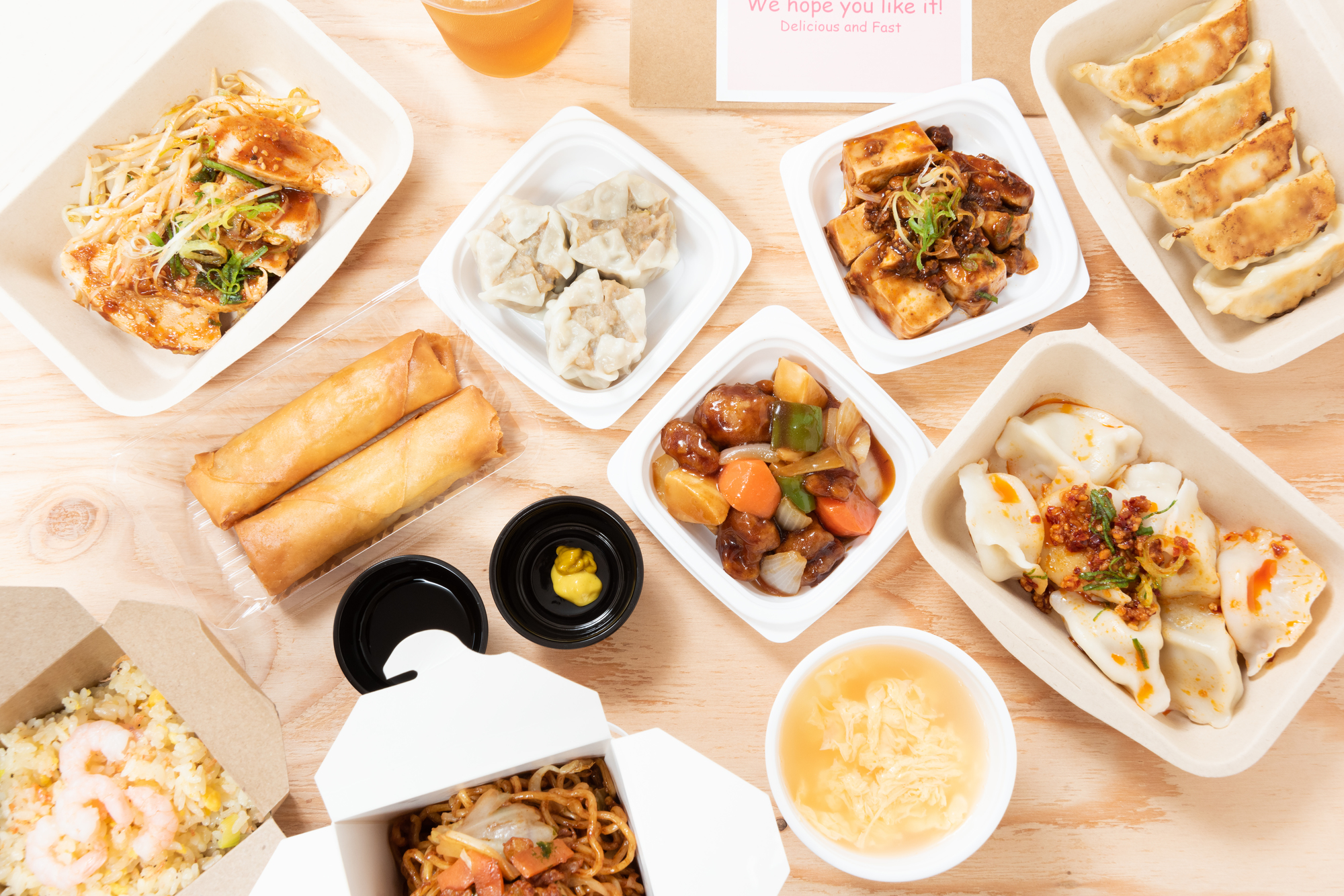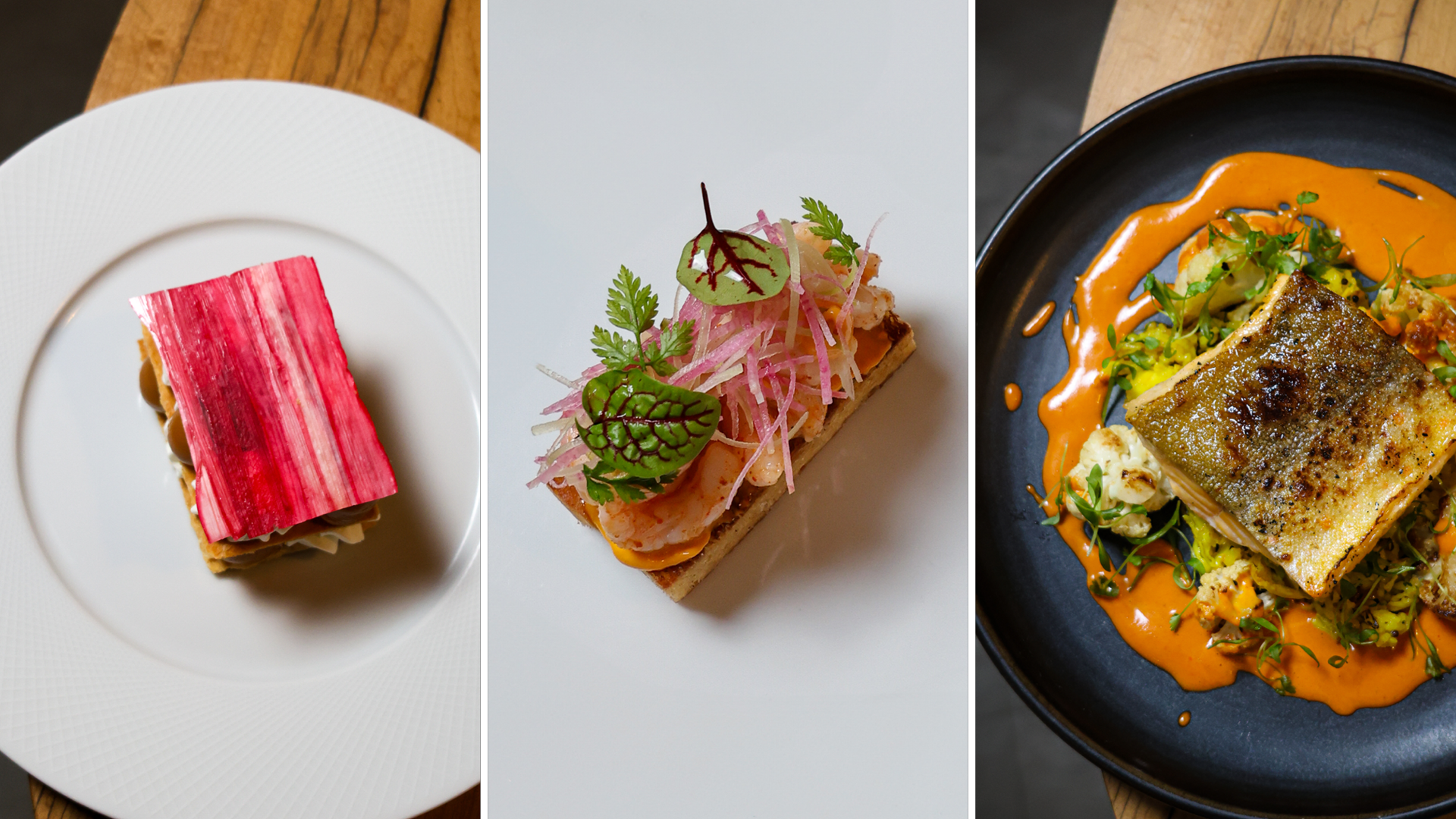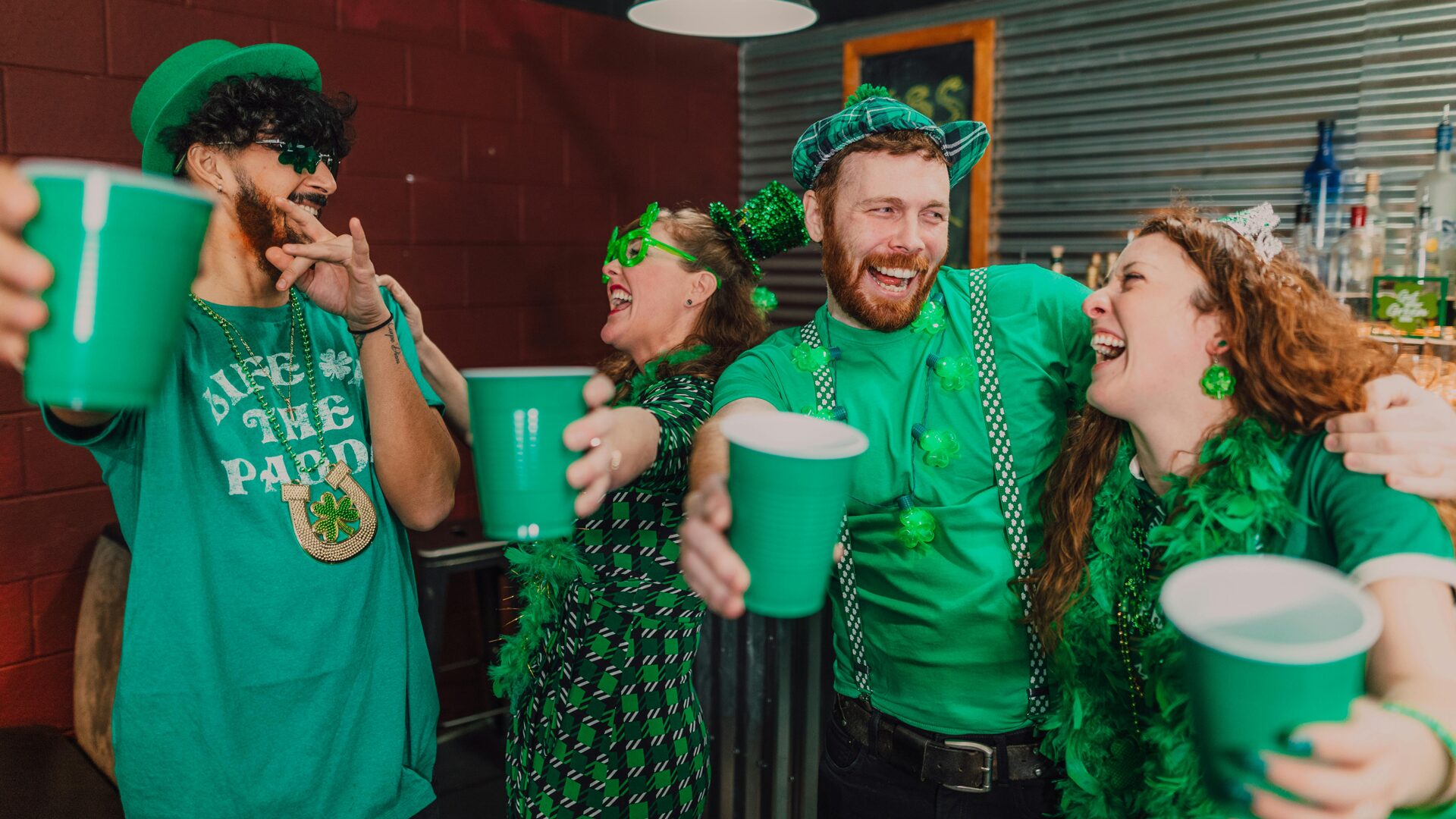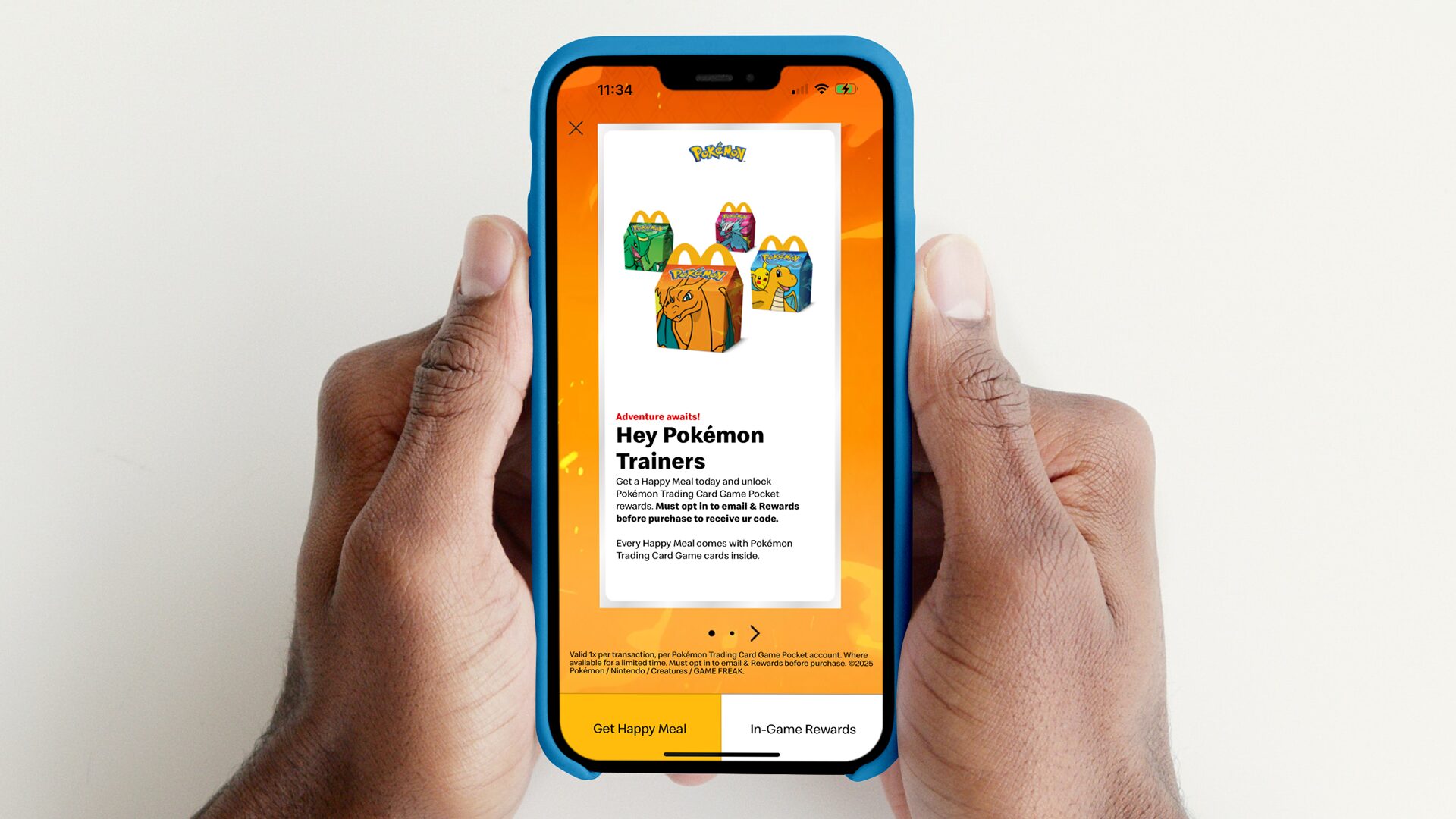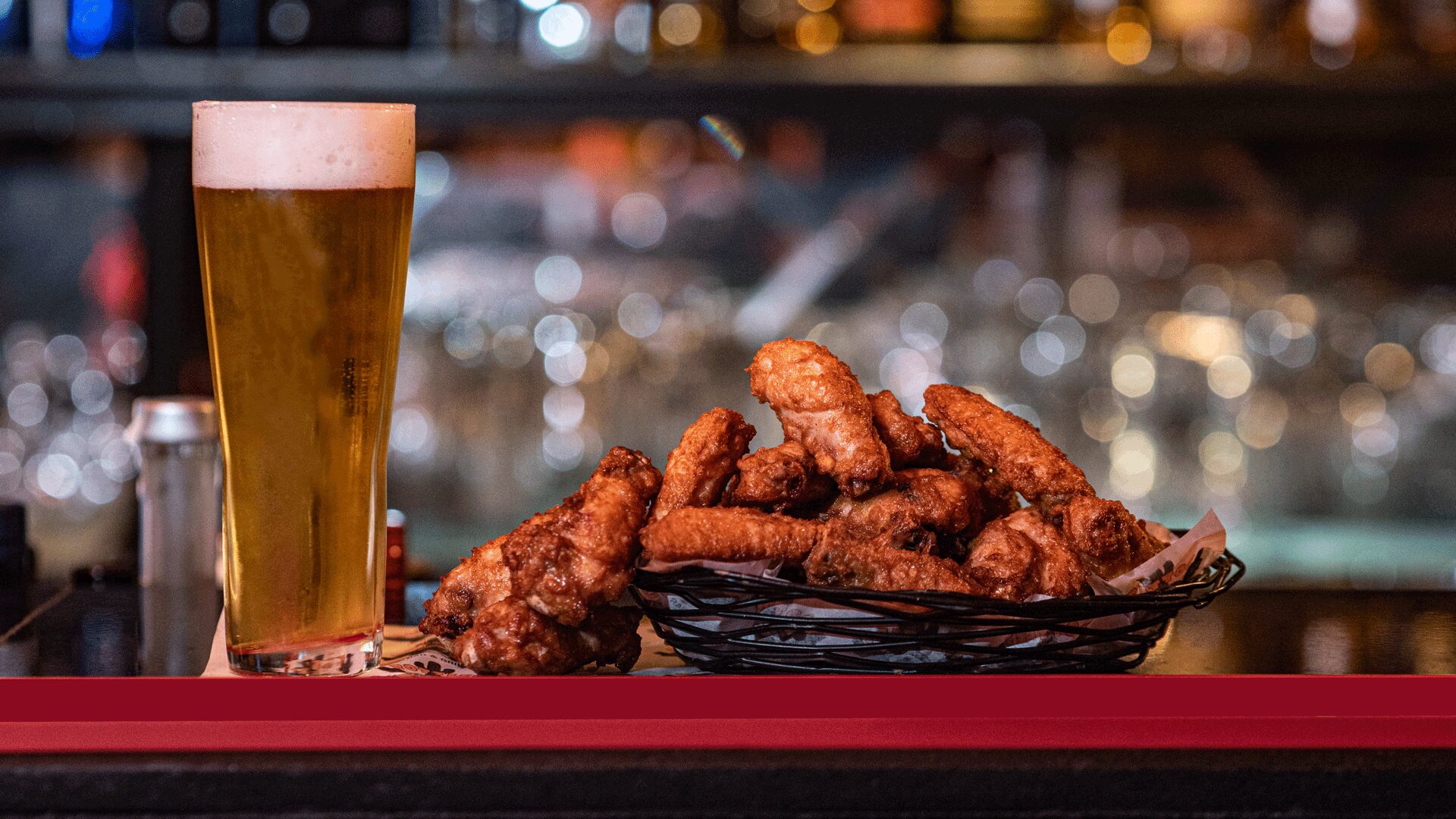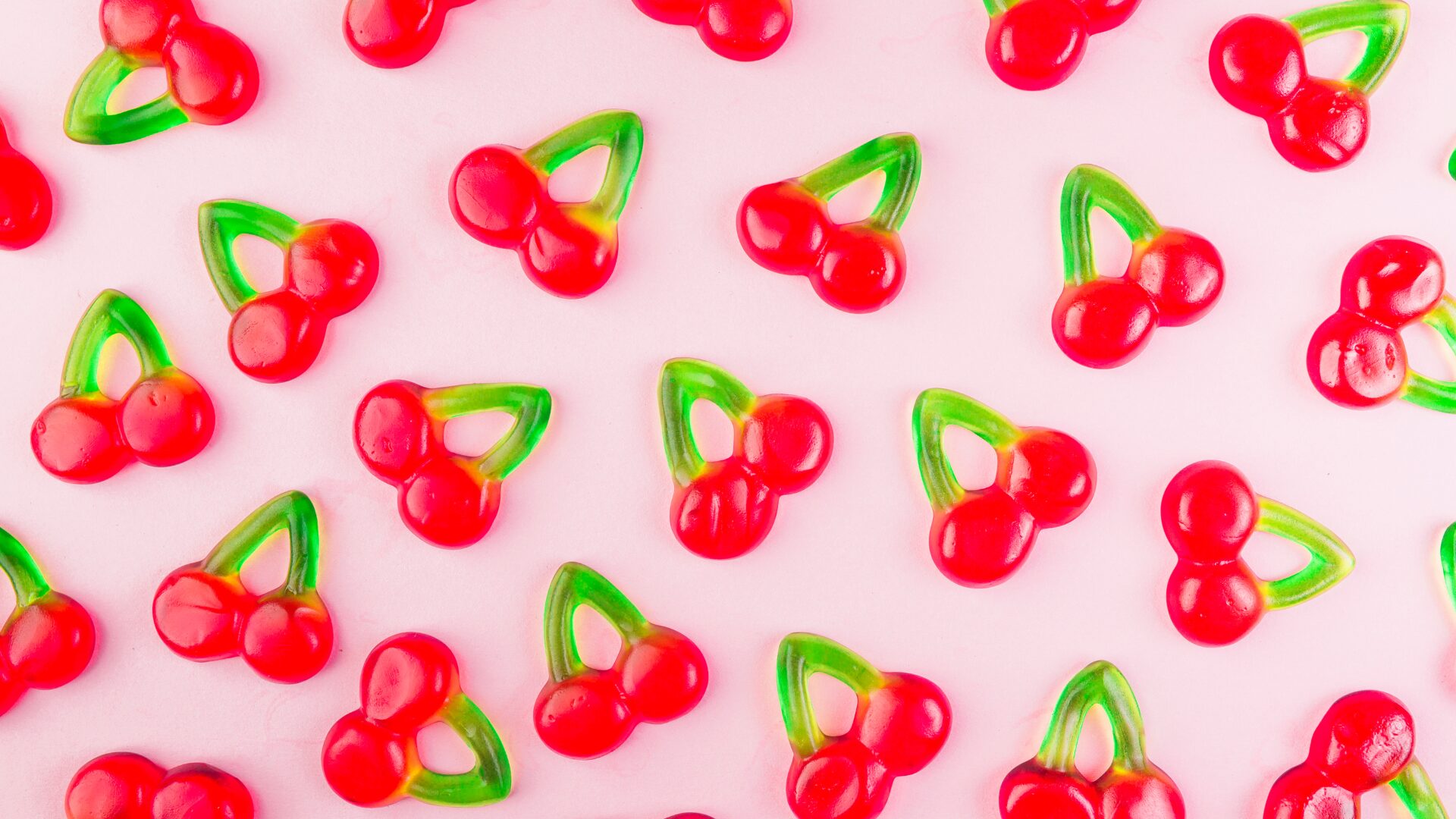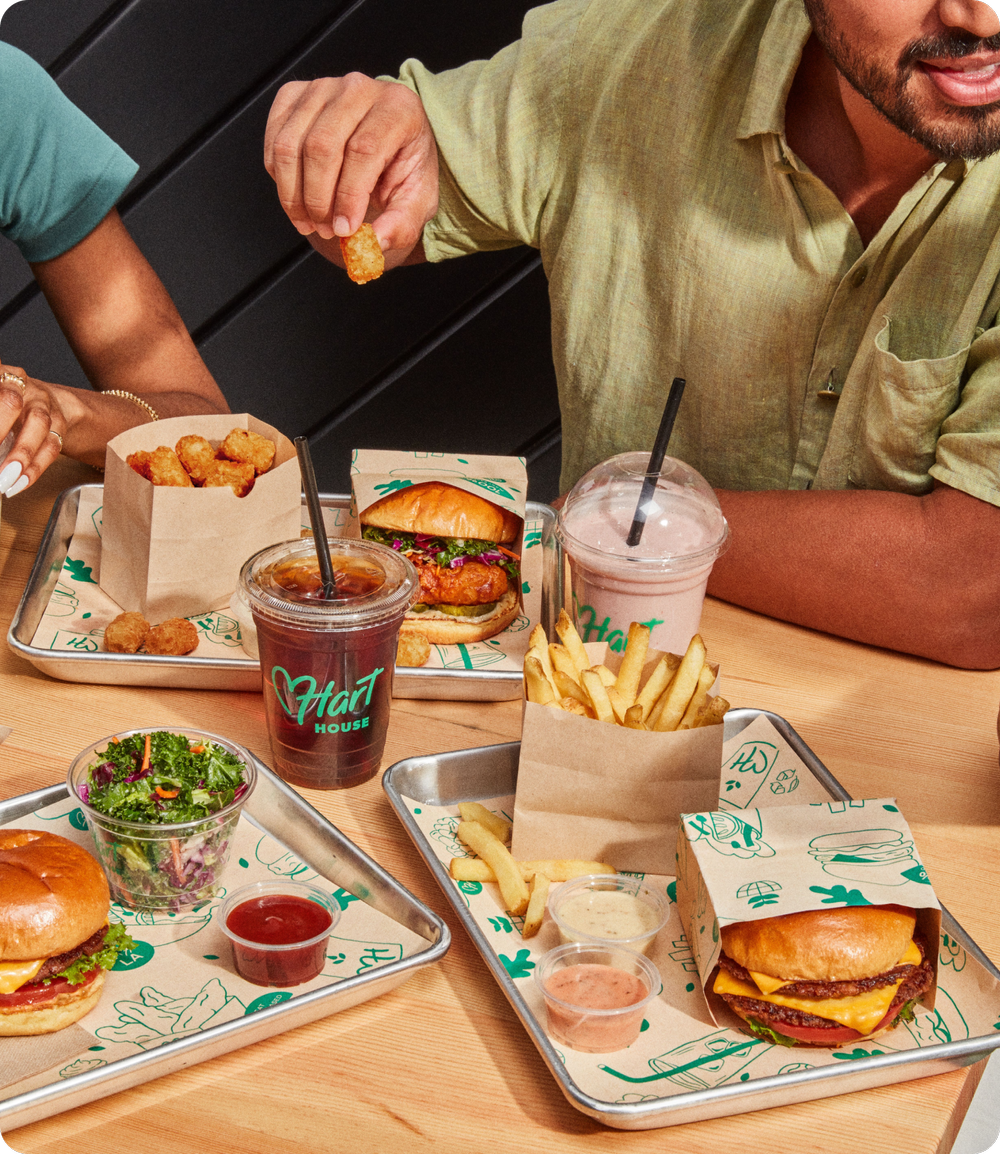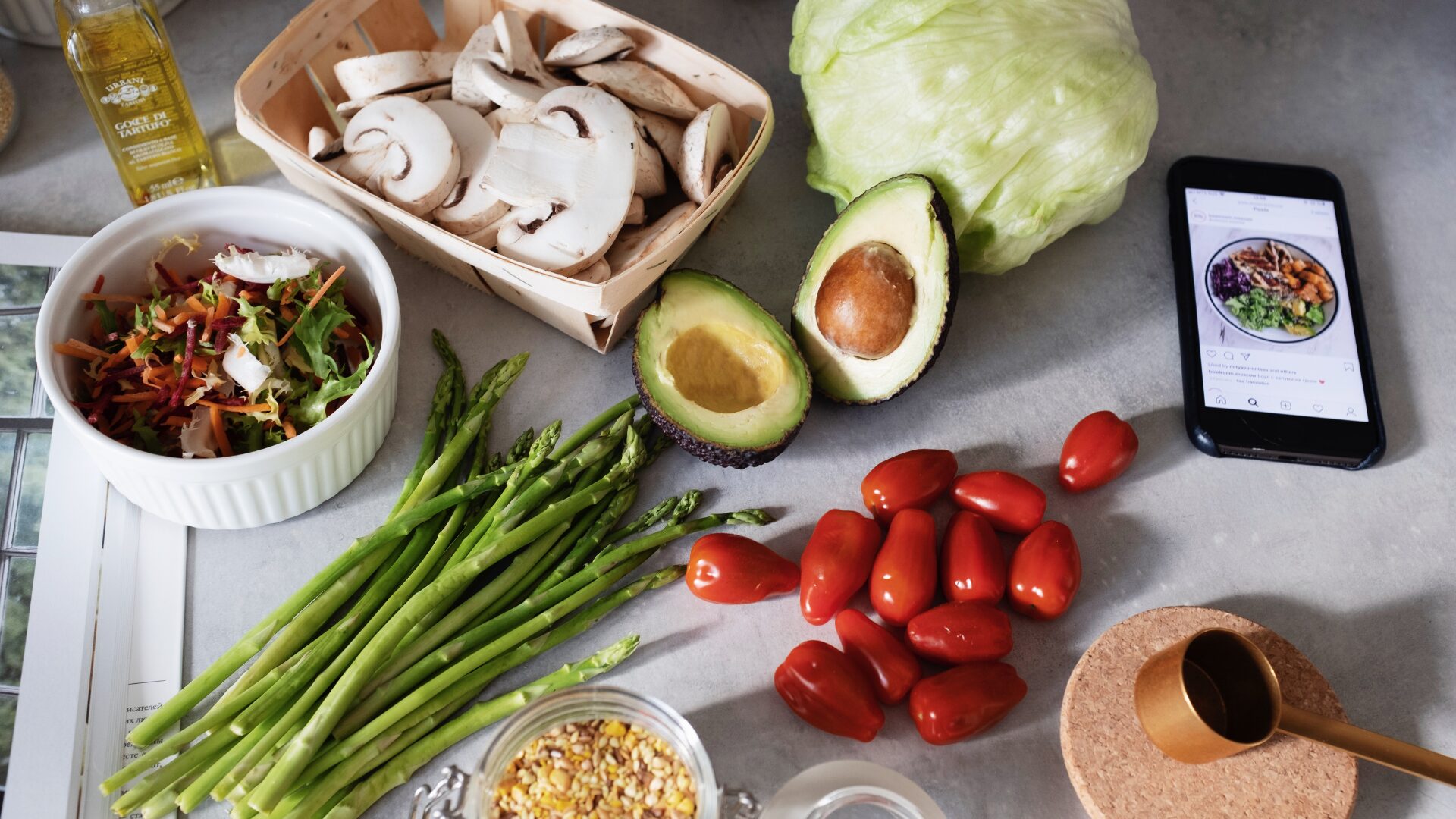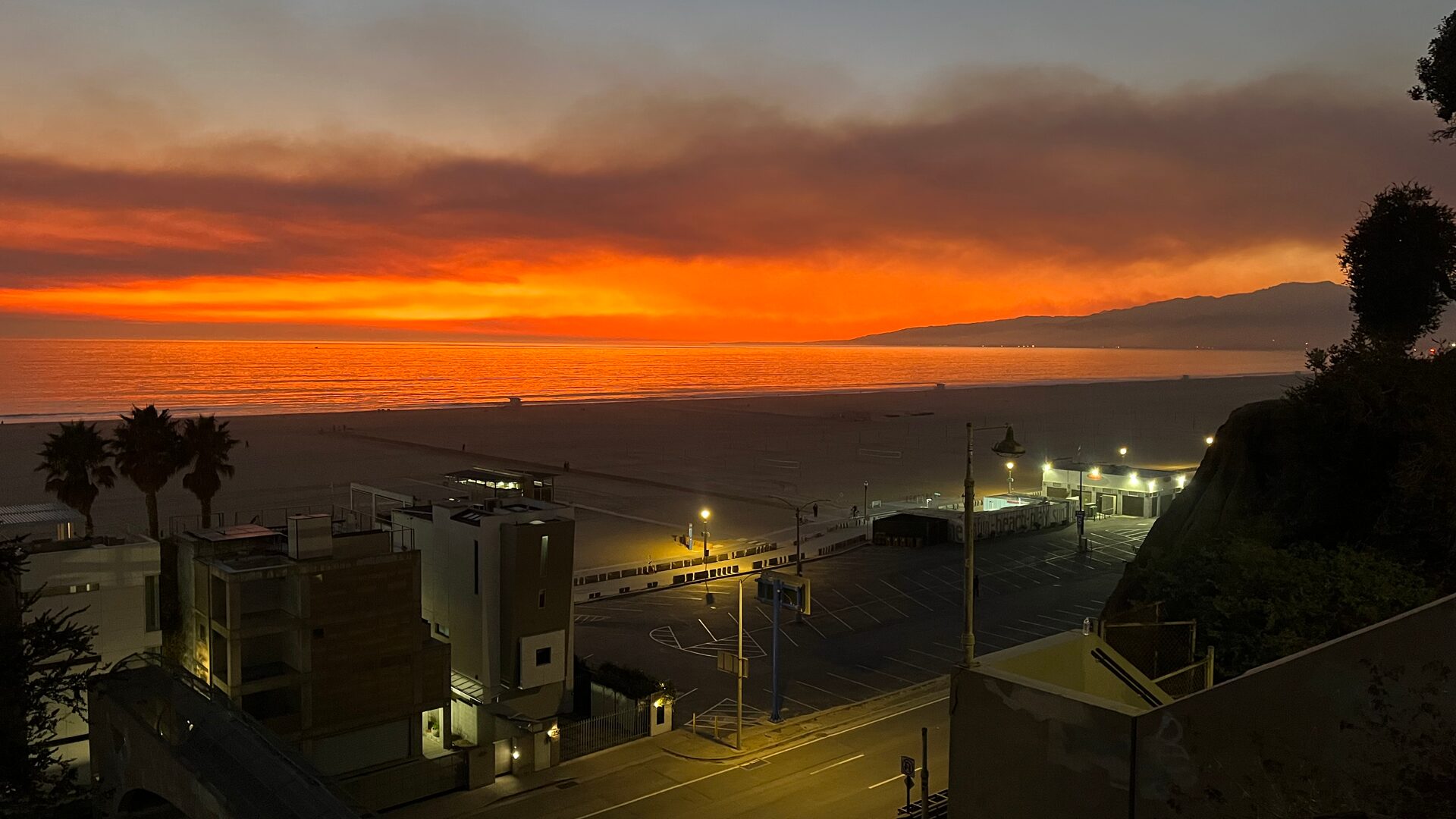
LOS ANGELES – One month ago, on January 7th, a series of wildfires broke out across Los Angeles. The ferocious Palisades Fire spread through the Pacific Palisades, Malibu and all the way down to the Pacific Coast Highway. The Eaton Fire ravaged Altadena. Stoked by fierce winds, the flames engulfed beloved, historic neighborhoods, resulting in hundreds of thousands of evacuations and widespread structural damage.
Multiple restaurants burned to the ground and were damaged in the conflagration, with many more affected by damage, ash, and poor air quality. In Malibu, 36-year-old seafood spot The Reel Inn, local favorite Cholada Thai and classic seaside restaurant Moonshadows were all wiped out by fire. Further east, 69-year-old neighborhood joint Fox’s, pizza newcomers Side Pie, open-since-1977 O Happy Days Vegan Cafe and beloved soul food specialists Little Red Hen Coffee Shop, operated by third-generation owners, were all leveled to ash and rubble.
Almost as soon as the previously unthinkable destruction began, L.A.’s food community began to rally around those who needed help.
Restaurants across the city began cooking to feed fire victims and first responders, offering free meals and community support under incredibly challenging circumstances. A bevy of chefs prepared thousands of meals for disaster response organization World Central Kitchen. In Orange County, approximately 90 restaurants combined forces to raise funds for the Los Angeles Regional Food Bank.
Citywide pizza makers formed the LA Pizza Alliance, distributing free pizza to those in need. Chef Travis Hayden cooked free meals at Bar Etoile after his house burned down in the Pacific Palisades. Restaurants and bakeries adopted pay-what-you-can-models and began donating profits to fire relief services, or providing electricity, Wi-Fi and a safe space for those without.
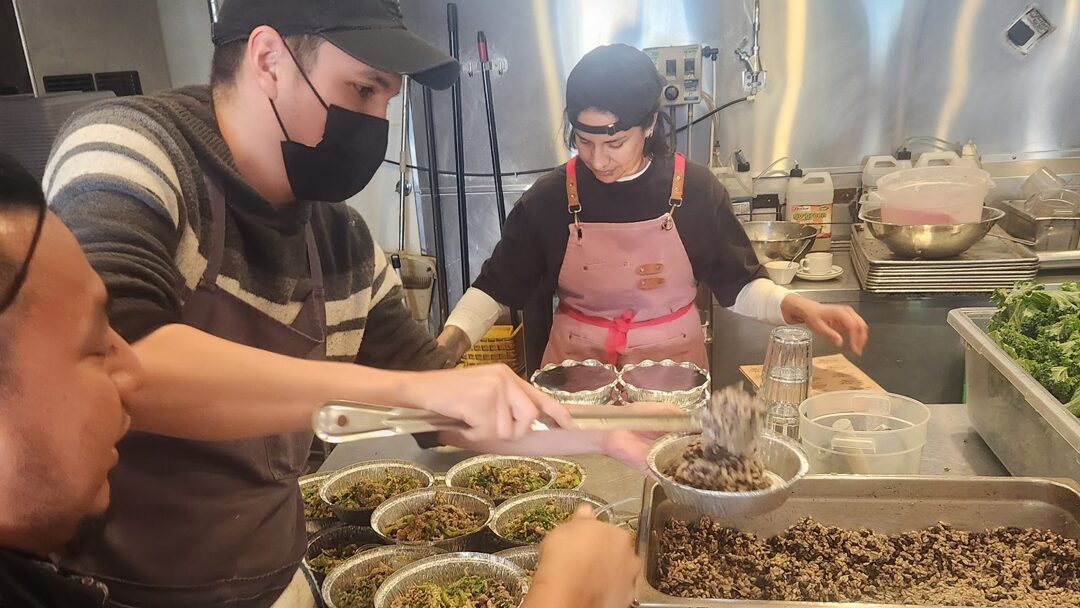
“We immediately started providing free meals for displaced folks and continue to now,” said Jessica Koslow, owner and founder of Sqirl, an East Hollywood spot known for fresh Californian cuisine and artisanal jams. “There was a day when none of my pastry team showed up because the air quality was so bad.”
Koslow – who lives in Pasadena and experienced damage to her house, with the roof coming off and windows shattering (“We’ve all lived through trauma,” she said) – emphasized how hard the food industry is working to help out: “A lot of restaurateurs like myself are trying to navigate this time by giving back.
“Restaurants are a place of rest and relaxation, so it feels important for us to do what we can to support the community and those in need.”
“We’ve given away thousands of meals, we’ve raised funds for a staff member who lost their home, we have a mini print machine outside the restaurant with all proceeds going to wildfire relief, we’re working with cook and food influencer Molly Baz, who lost her home, in her efforts to restock the pantries of displaced people.
“Our goal is to be a community hub.”
Cobi’s, a Michelin star-rated Southeast Asian restaurant not far from Santa Monica pier, was forced to close its doors for two nights as the air quality made its outdoor dining area, which makes up half of the seating, unusable. “Our chef Arnie showed up after the first day and started preparing food on his own for first responders,” said Jeremy Adler, Cobi’s co-owner and founder of a soon-to-be-unveiled spot in the former Beethoven Market space in Mar Vista. “He did everything by himself, calling vendors, cooking and distributing the food. He’s a beast – he’s still doing it right now.”
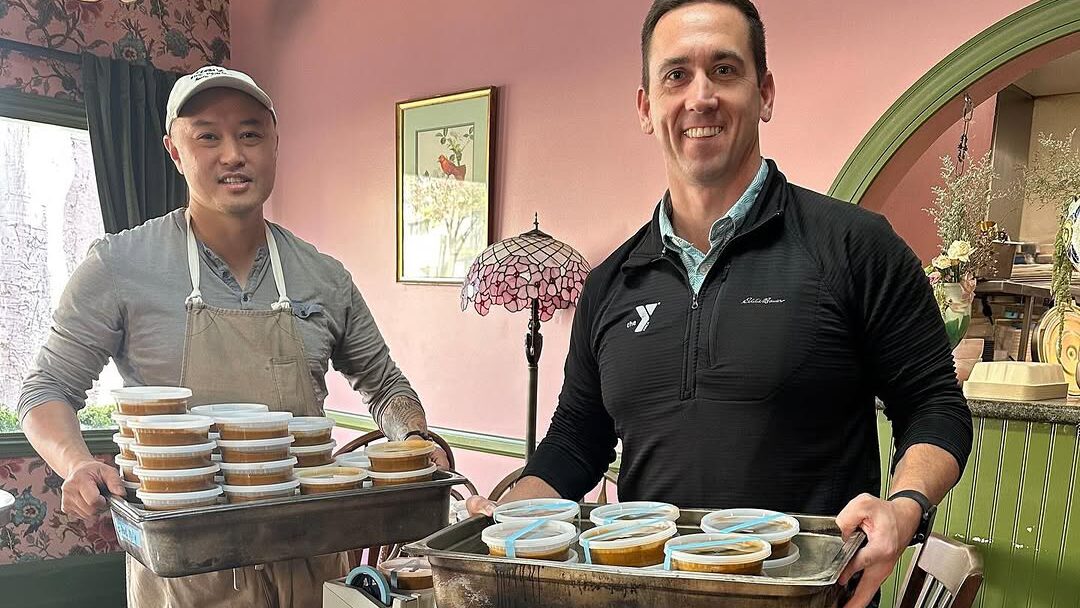
As we saw during the pandemic, restaurants step up during times of crisis, even to their own detriment. Trendy Koreatown restaurant Here’s Looking At You acknowledged the cost of these responses via Instagram, writing: “We have to acknowledge that our restaurant industry, no matter how vulnerable, will always be the first industry to get up and give, give, give to those in need – full stop. You’ve seen the list of remarkable restaurants offering free meals to first responders. And I’m telling you now – they can’t afford to do it.”
Koslow concurred: “It’s a hard balance right now for restaurants. We’re all doing the maximum of what we’re capable of.”
Even before the fires, restaurants in Los Angeles were struggling. Now they’re having an even harder time.
The combination of a global pandemic, entertainment industry strikes and challenging economic conditions including increases in inflation, insurance costs and the state minimum wage have created an ongoing perfect storm of circumstances in an industry that operates on thin margins at the best of times.
More than 100 notable L.A. restaurants closed in 2024, and even those who survived the fires are having a tough time making ends meet.
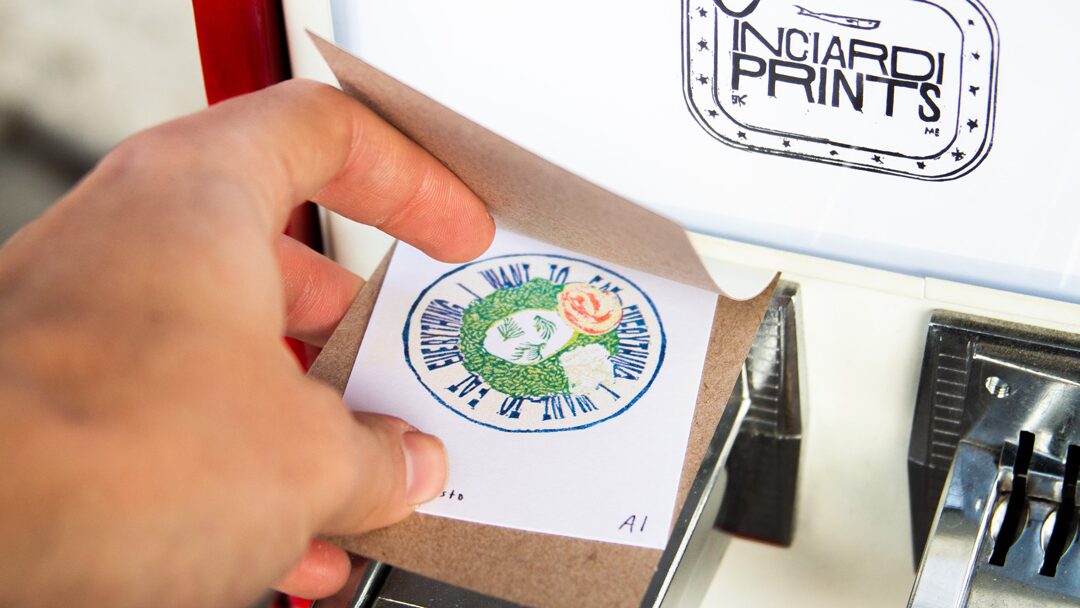
“We’re experiencing a devastating loss of revenue,” Adler said. “It’s been 3 weeks since the fires and we’re still not back to normal. This past Monday, Cobi’s didn’t break 100 covers, and usually we’re at around 170. That’s a 30% loss over normal.”
Contributing factors include a reluctance to eat outdoors due to air quality concerns as well as the simple loss of the number of people ready and willing to dine out thanks to displacement, and less interest in gathering in restaurants while the city burns. With less money walking in the door, these losses are passed on to restaurant workers, farmers, suppliers and vendors.
Many hospitality industry workers also lost their jobs after their workplaces burned or sustained fire damage, and had their own homes destroyed.
“L.A. restaurants are getting a beatdown lately. Between Hollywood production slowing and the fires, it’s one thing after another,” Adler said.
“A natural disaster happened, the subsequent exodus happened, and we’re all doing our best to keep our teams employed and to give them hours,” Koslow noted.
“Business is wild. It’s like nothing I’ve ever experienced. In-store weekday sales are as low as I’ve seen them since 2013.”
“Restaurants don’t just feed people in-house – it’s catering, it’s events, it’s production – and all of that was immediately cancelled. So far weekend profits have been down 15-20%, weekdays down 30-50%. Those are huge numbers.”
Restaurants, always adaptable, are doing their best to survive. Sqirl, after recently receiving its liquor license following a 12-year wait, is slated to open for dinner and drinks this year. “We’re looking for ways to get what we need,” Koslow said. “We’re focusing on our upcoming full-service and delivery dinner models, as well as starting to offer cocktails, because that’s going to be the revenue that ultimately saves us.”
Amongst the struggles, L.A.’s community spirit and generosity is a guiding light. Koslow said the donations they’ve received have made a huge difference. “The number of people even from outside California who’ve donated a meal has been mind-boggling. It’s made it possible for us to do what we’ve done, and it’s meant so much.”
Adler, a third-generation Angeleno, isn’t underestimating the far-reaching effects of the fires but retains a sense of positivity for the coming months and years. “The world is not going to go back to normal very soon. I remember both the 1994 Northridge earthquakes and the 1992 riots, and this is worse. The scale is larger and the damage is more profound.
“People whose houses caught on fire are experiencing a true sense of loss, and this is probably going to go down in history as one of the most expensive natural disasters ever. But scars heal, and as I work on my new venture it’s making me feel hope for the future.”
Editor’s note: Here’s a comprehensive list of restaurants providing assistance to fire fighters , along with a link to restaurant relief efforts
The Food Institute Podcast
Amid inflation, restaurants need to get more creative to help bring customers through the door. What exactly can they do to improve traffic? André Moraes of PepsiCo Digital Lab shares how experiences, microinfluencers, and the Local Eats program can help propel restaurants in 2025.


